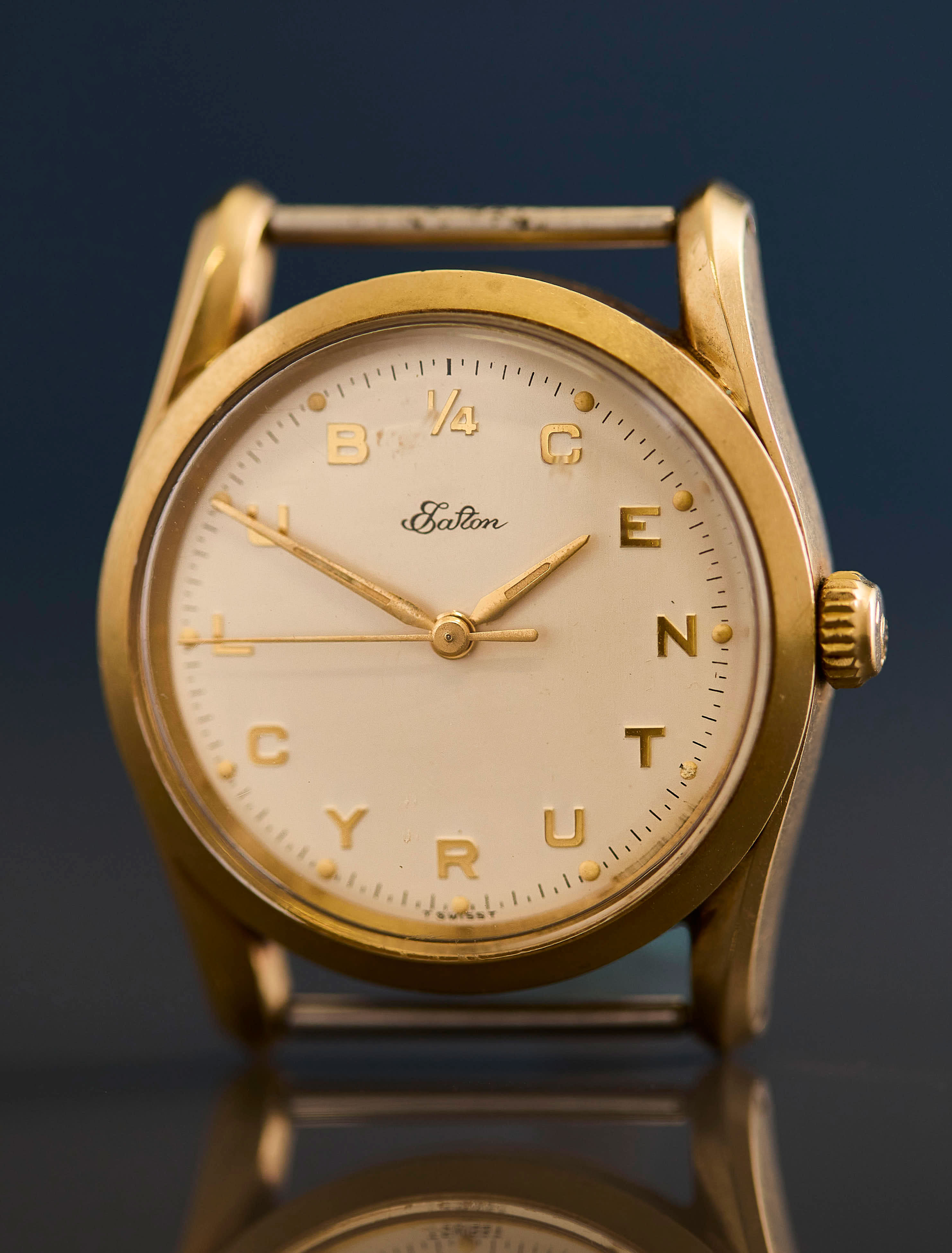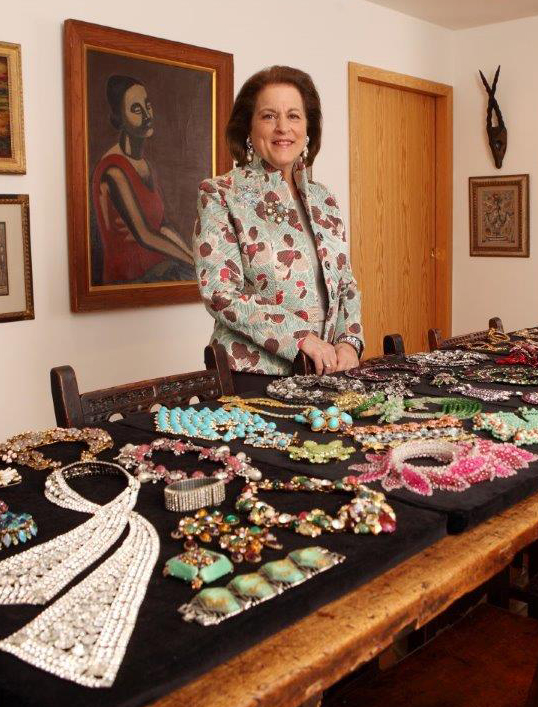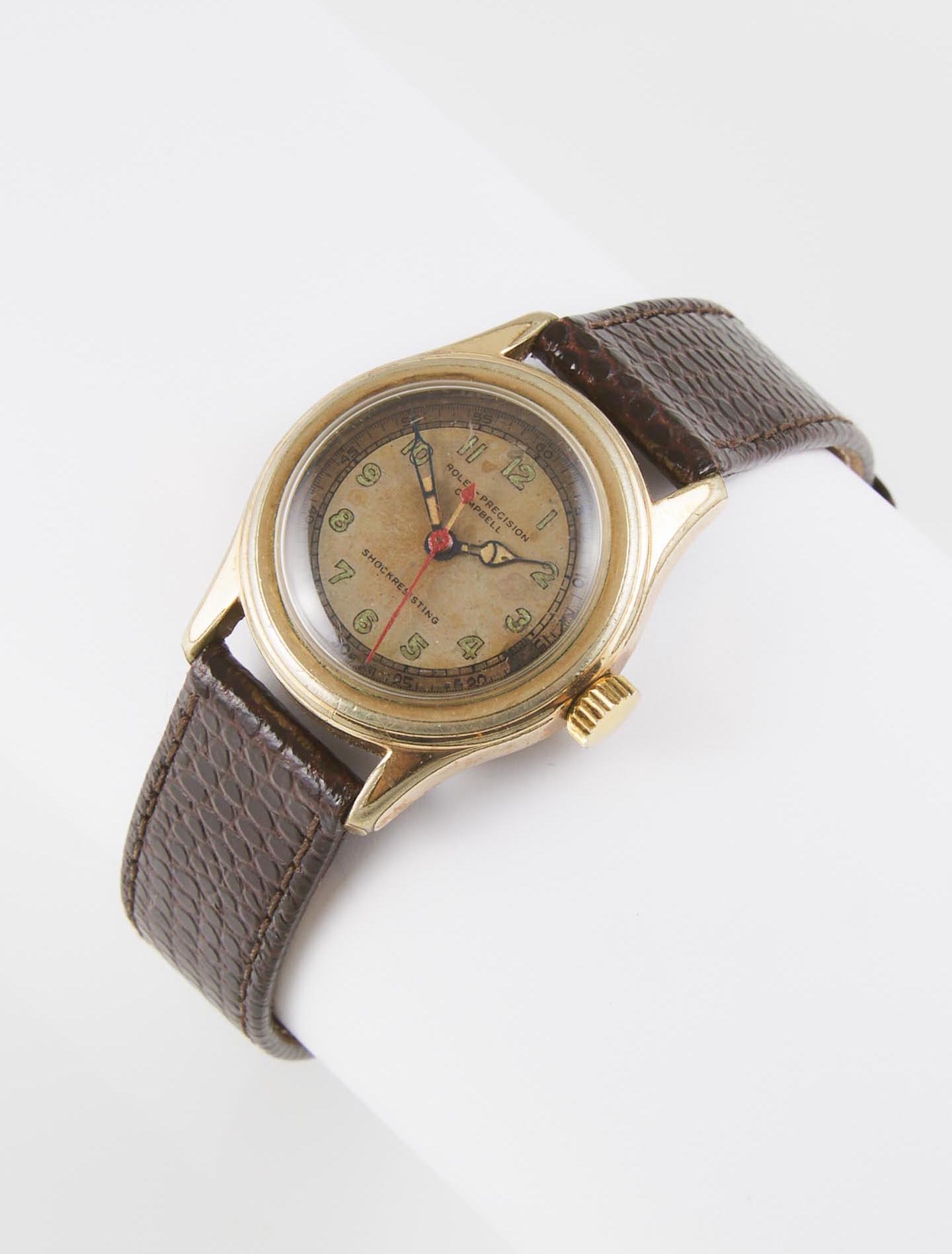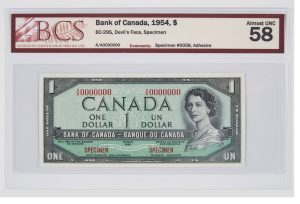
They say the Devil is in the details—details which became of actual concern for the Canadian Mint in 1954.
When Queen Elizabeth II came to the throne in 1953, it followed that Canadian currency must be updated to reflect her role, replacing her father George VI’s face on the nation’s money. The back of the new currency was designed by Canadian war artist Charles Comfort, depicting eight landscapes from across the nation. For the front, celebrated Canadian photographer Yousuf Karsh was commissioned to take a portrait of the Queen, which was then translated into an engraving by master engraver George Gundersen of the British American Bank Note Company.
The new, modernized bills were released in 1954. Not long after, complaints began to surface about a peculiarity in the Queen’s elegantly coiffed hairstyle—a sinister face visible among her curls. Civilians saw a hooked nose, two bushy eyebrows, and a pointy chin, likening it to the Devil. The uproar made its way to England, with H. L. Hogg, a British politician, sending a letter in 1956 to the High Commissioner for Canada in the United Kingdom which reads:
“The Devil’s face is so perfect that for the life of me I cannot think it is there other than by the fiendish design of the artist who is responsible for the drawing or the engraver who made the plate…I enclose an envelope for the return of the note but I would be better pleased if you told me you had burned it.”
Conspiracy theories abounded, with some blaming foreign influences, malevolent infiltrators, and/or Gundersen himself, who was suspected of harboring Irish republican or occult views. Not only the subject of idle whispers, the Devil’s face was the subject of several stories in the Canadian press. The Canadian Bank soon moved to correct the issue, enlisting engraver Yves Baril to darken the offending curls in the Gundersen engraving. By 1957, the diabolical face was no longer being printed on the nation’s bills.
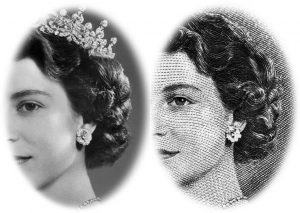
When the Gundersen engraving is compared with the Karsh photograph, it becomes clear that the former took no creative liberties. His work is entirely faithful, with any demonic faces being entirely coincidental—though no one has ever questioned the Queen’s hairdresser!
These so-called “Devil’s Face” banknotes have become sought after by collectors, owing to their scarcity and novelty. Waddington’s is pleased to offer these rarities in our Numismatics Auction.
About the auction
Online from online August 26–31, the auction features a fine collection of Canadian bank notes including numerous examples of ’Specimen’ notes from both 1937 and 1954 series; high grade French & English 1935 series notes; replacement notes; and both French and English versions of the 1935 $25 note. Also included are gold coins from numerous countries, silver coins lots, Olympic coins and commemoratives. Philatelists will enjoy an exceptional collection of Canadian stamps being sold as an album.
Please contact us for more information.
On View:
Monday, August 28 from 10:00 am to 5:00 pm
Tuesday, August 29 from 10:00 am to 5:00 pm
Related News
Meet the Specialists

Donald McLean
Senior Specialist

Livia Miliotis
Associate Specialist



